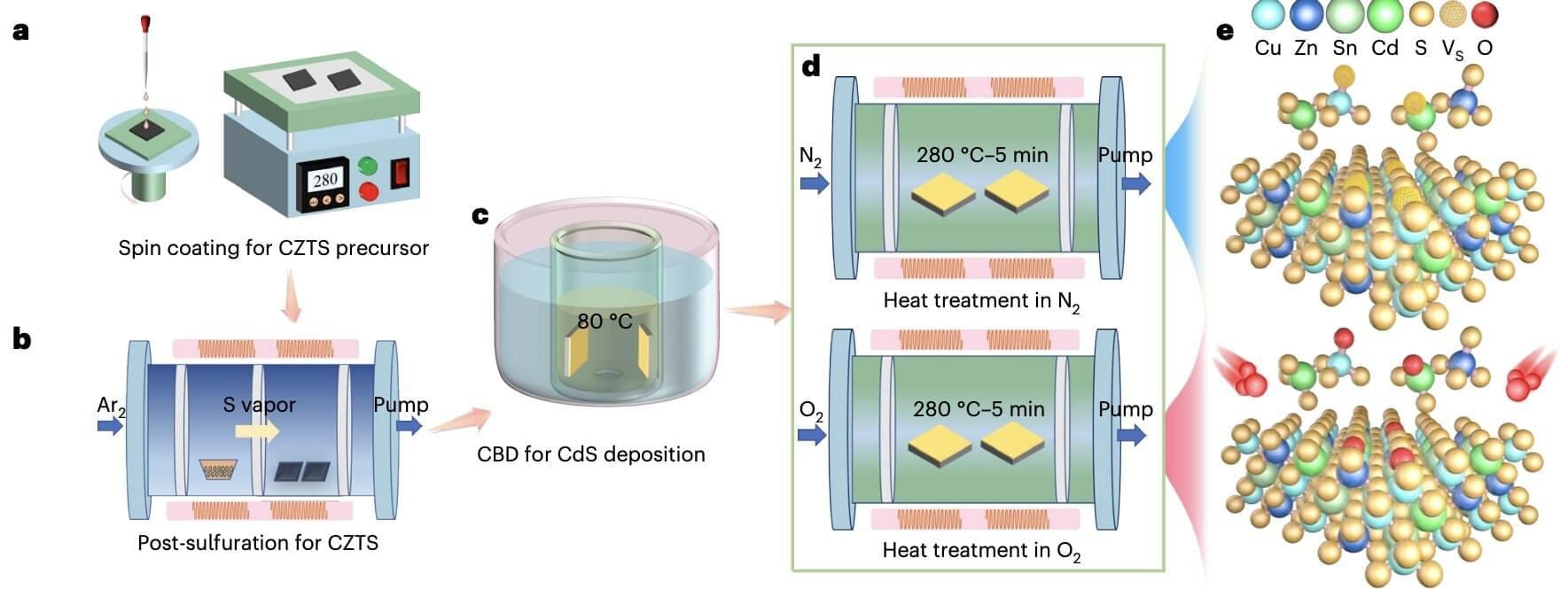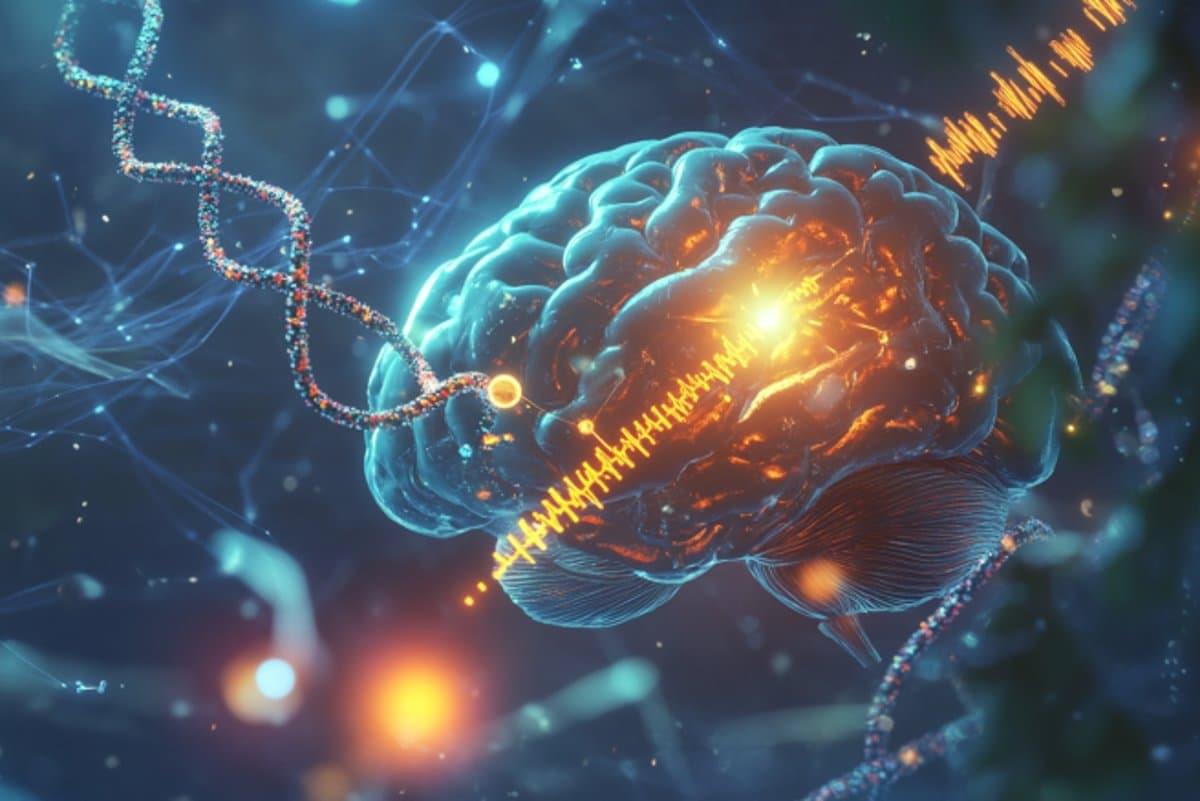A flourishing research hub in New York State aims to turn quantum science into real-world solutions for communication and computation.


Contemporary Amperex Technology Co., Limited (CATL), the largest battery manufacturer in the world with a 38% share of the global market, has just announced some fairly significant breakthroughs in battery tech that aren’t just theoretical; they’re already hitting the market.



Over the past few decades, solar cells have become increasingly widespread, with a growing number of individuals and businesses worldwide now relying on solar energy to power their homes or operations. Energy engineers worldwide have thus been trying to identify materials that are promising for the development of photovoltaics, are eco-friendly and non-toxic, and can also be easily sourced and processed.
These include kesterite-based materials, such as Cu₂ZnSnS₄ (CZTS), a class of semiconducting materials with a crystal structure that resembles that of the naturally occurring mineral kesterite. Kesterite solar cells could have various advantages over the conventional silicon-based photovoltaics that are most used today, including lower manufacturing costs, a less toxic composition and greater flexibility.
Despite their potential, kesterite solar cells developed to date attain significantly lower power conversion efficiencies (PCEs) than their silicon counterparts. This is in great part due to atomic-scale defects in kesterite-based materials that trap charge carriers and prompt non-radiative recombination, a process that causes energy losses and thus reduces the solar cells’ performance.

Cyberattacks can snare workflows, put vulnerable client information at risk, and cost corporations and governments millions of dollars. A botnet—a network infected by malware—can be particularly catastrophic. A new Georgia Tech tool automates the malware removal process, saving engineers hours of work and companies money.
The tool, ECHO, turns malware against itself by exploiting its built-in update mechanisms and preventing botnets from rebuilding. ECHO is 75% effective at removing botnets. Removing malware used to take days or weeks to fix, but can now be resolved in a few minutes. Once a security team realizes their system is compromised, they can now deploy ECHO, which works fast enough to prevent the botnet from taking down an entire network.
“Understanding the behavior of the malware is usually very hard with little reward for the engineer, so we’ve made an automatic solution,” said Runze Zhang, a Ph.D. student in the School of Cybersecurity and Privacy (SCP) and the School of Electrical and Computer Engineering.



